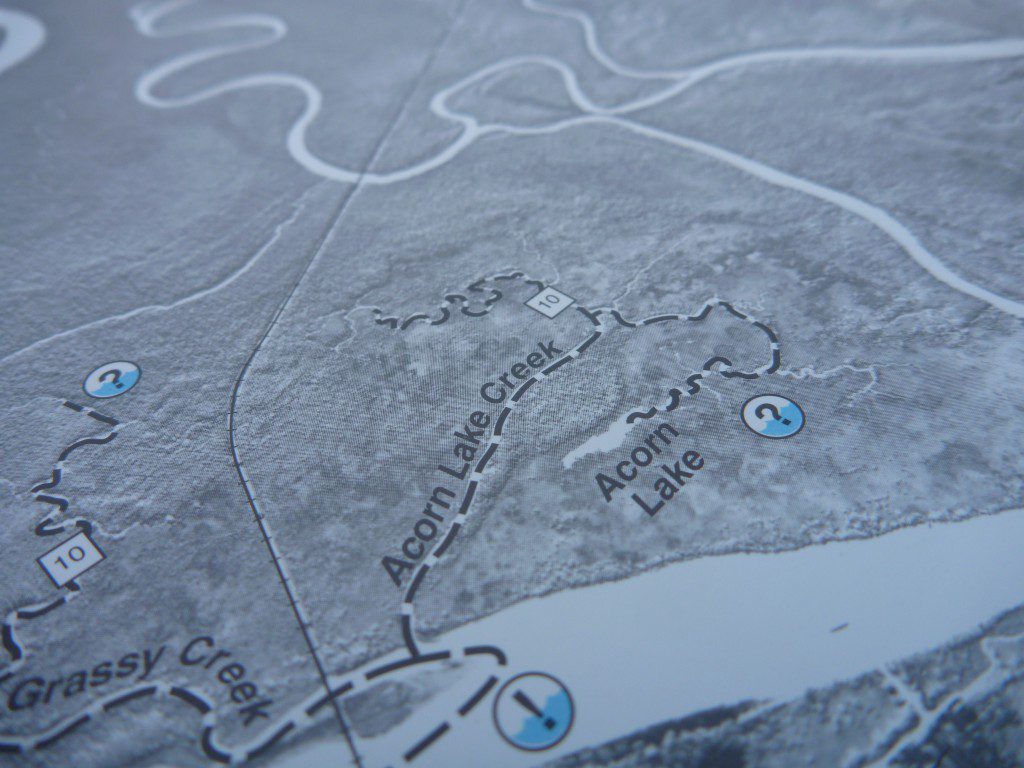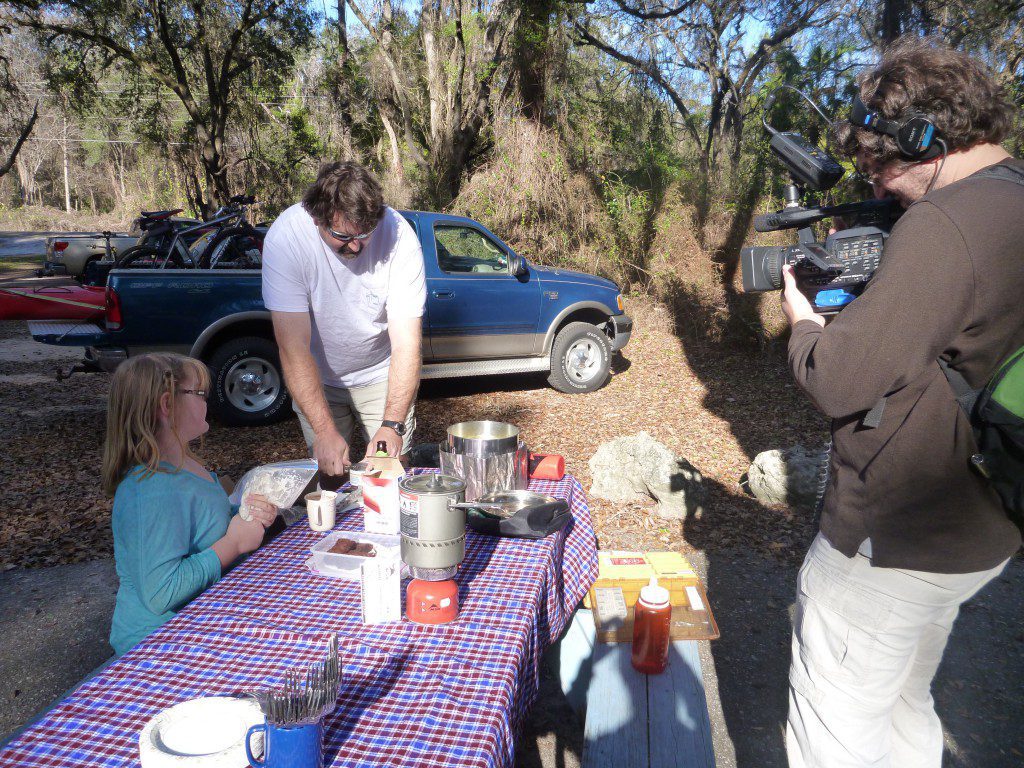Rob Diaz de Villegas WFSU-TV
 In the video above, we spent a day hitting Apalachicola River WEA Paddling Trail System and Great Florida Birding and Wildlife Trail sites. Luckily for me, I had Liz Sparks and Andy Wraithmell to show me the cool spots and tell me what animals I was looking at. With spring approaching, birds will be migrating back through the area, and the warmer weather makes for better paddling, greener trees with flowers blooming, and more appearances by other critters like alligators and turtles. In other words, it’s time to start planning your own adventures.
In the video above, we spent a day hitting Apalachicola River WEA Paddling Trail System and Great Florida Birding and Wildlife Trail sites. Luckily for me, I had Liz Sparks and Andy Wraithmell to show me the cool spots and tell me what animals I was looking at. With spring approaching, birds will be migrating back through the area, and the warmer weather makes for better paddling, greener trees with flowers blooming, and more appearances by other critters like alligators and turtles. In other words, it’s time to start planning your own adventures.

The Apalachicola River WEA Paddling Trail System map. The question marks are where the trail may or may not be there, depending on rainfall. The exclamation points signify that you may encounter larger watercraft, and to be cautious.
If you’re planning an adventure in the Apalachicola Wildlife and Environmental Area, or any other Florida Fish and Wildlife Conservation Commission managed land, you can of course visit their website to download or request paper copies of a wealth of materials- maps, bird lists, and various informative guides. The maps and guides have important safety information (what do you do if you see a bear?) as well as some suggested day trips.
Whether you’re as clueless as I am or an old pro like the people who guide our EcoAdventures, you should always plan your trip (especially if you’re heading into one of the question marks). The map you saw in the video above is available as a pdf download at the link a couple of sentences up, or you can call 850-488-5520 to request a free hard copy. It’s printed on waterproof paper and has a map of the general area as well as maps of individual trips you can take and a ton of information.

Greg Blakney shows WFSU producer Rob Diaz de Villegas his camping ready recipe for chicken and dumplings.
Staying with that theme of planning your adventures, our next EcoAdventure (Wednesday, February 29 at 7:30 PM on WFSU-TV) will look at preparing for kayak camping. What do you bring? How should you pack your kayak? What will you EAT? Georgia Ackerman and Rick Zelznak of the Wilderness Way have some answers for you. Also within the next couple of weeks, we’ll look at an app that aims to help you recognize what birds you’re looking at if you happen to be out there without an Andy Wraithmell or George Weymouth.
Music in the video by Philippe Mangold and Trafic de Blues.

6 comments
This is terrific, Rob! Tate’s Hell and all of Franklin County is such a special place. Shout out to the fine folks at FWC for all the hard work they do. 🙂
[…] the Apalachicola Wildlife and Environmental Area Paddling Trail System (which we covered in our last EcoAdventure). I also want to clarify something in our kayak camping video that airs tonight- camping is legal […]
You have done a great job with your site, Rob!
Often over-looked, Madison, Florida, is a beautiful area for bird watching. Located in the north-central part of the state, Madison has a low population density and minimal industrial development. The county is the home of three rivers, numerous swamps, lakes and springs and the Lidell Brothers Nature Center, a site on the Great Florida Birding Trail. The trail is located on the campus of North Florida Community College and is open year-round to visitors.
Rick, thanks for the info! I don’t often make it out to Madison County, so I’ll definitely have to look into these spots. We have one or two more spots to book for Spring and then we take a break until Fall- though I may try to sneak some Summer shoots in. Is there a time of year where any of these spots is better than at any other point in the year?
[…] can watch our EcoAdventure along the Apalachicola, where we hit some Birding Trail sites, here. We saw birds, but it was winter and many species had migrated south. With that in mind, […]
[…] south of the river, in the Apalachicola River Wildlife and Environmental Area (which we covered in this video). Fellow paddler Georgia Ackerman will chip in updates. Every day will end with a wrap-up post. […]
Comments are closed.